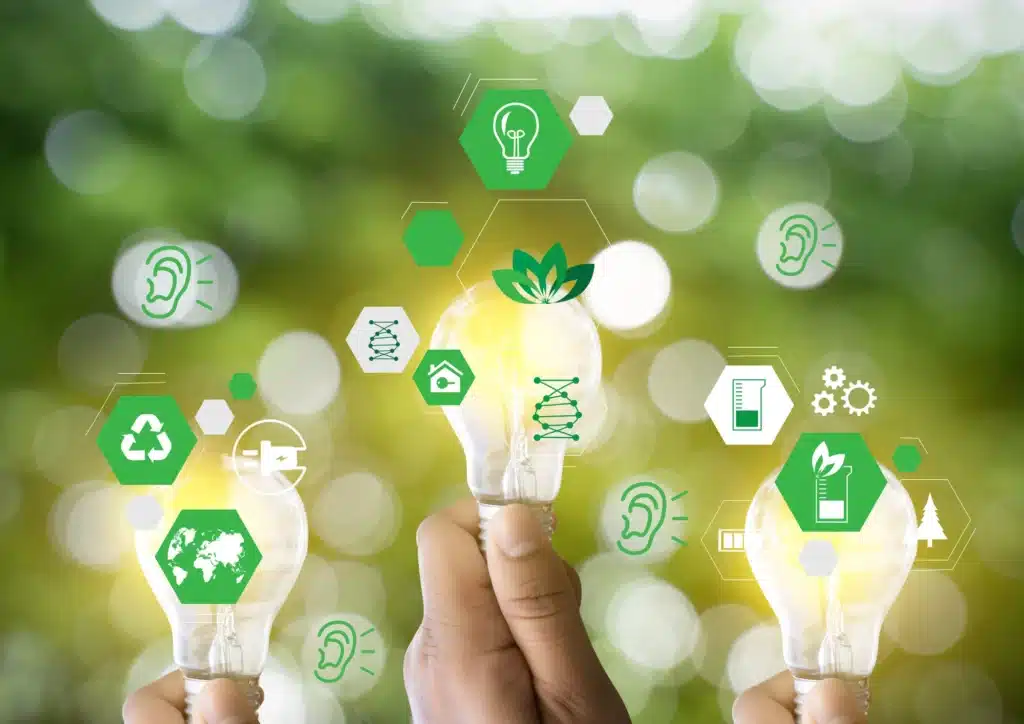Sustainability in the hearing industry

Research suggests the global carbon footprint of medicine is about 5% of global CO2 emissions. This is quite a significant amount of our remaining carbon budget to stay within 1.5 degrees of global warming, especially considering limited access to healthcare globally. With countries pledging to decrease the carbon footprint of their healthcare systems, what is the hearing industry doing to lower its footprint?
Disposable zinc-air batteries have a major environmental footprint. However, the introduction of rechargeable devices has the capacity to reverse this trend. Many hearing aid manufacturers are now releasing product portfolios of only rechargeable devices. It is anticipated that if all new hearing aids are rechargeable by 2024, there will be no demand for disposable hearing aid batteries by 2030. A lifecycle assessment between rechargeable and non-rechargeable hearing aids indicated the relative environmental impact was 65% lower for the rechargeable hearing devices. It must be noted the number of repairs required for rechargeable devices is lower as they are better sealed. So, in retrospection, this can help reduce the carbon footprint as well.
Some hearing aid manufacturers also have a recycling program. Some materials from older hearing aids may be reused for new products. For example, WS Audiology and Sonova currently recycle 53-63% of their products. Other manufacturers like Oticon and Starkey have a donation program where older hearing aids are refurbished and donated to low- income communities. These initiatives help reduce the environmental impact of hearing healthcare and increases sustainability.
Widex ANZ, part of WS Audiology, recently announced the launch of a Sustainability Initiative as a significant step forward in their commitment to environmental responsibility and stewardship. As a first step, Widex ANZ announced a founding partnership with Yarra Yarra Biodiversity Corridor. The Yarra Yarra Biodiversity Corridor is a high impact reforestation project that simultaneously delivers environmental, economic, social and heritage co-benefits that aims to revegetate the landscape of the Corridor and return the environment to its original state while simultaneously removing carbon form the atmosphere. Widex Australia and New Zealand plan to carbon offset the sale of every Widex hearing aid, by purchasing carbon credits from the Yarra Yarra Biodiversity Corridor. They reported to be committed to offsetting the lifetime emissions from our hearing aids in Australia and New Zealand by the purchase of 544 carbon credits (equivalent to 544 tonnes of CO2) per year of Australian Native Reforestation.
Manufacturers like Widex also boast an ecofriendly HQ in Denmark. This headquarters utilizes renewable energy generated through its own wind power, groundwater system, solar cells and rainwater collection to maintain its groundwater aquifer.
As a private practice, Victorian Hearing embraces any opportunity to provide our services in an environmentally friendly manner. The use of a new 3D ear impression scanner and electronic ordering has allowed us to save paper, freight and time. Converting to a new CRM system has allowed for online bookings and completion of client documents, this saving paper and postage.
